Dear Eaters of America: You’re being lied to. Chicken parmigana? Veal marsala? Linguini with mussels and clams? While those staples surely can be delicious when done properly, do you really think that’s the only food Italians eat? Think again. Meet Gigio Longo, the Vice President of Operations for Toscana Group and the current manager of Toscana (Cherry Hill, New Jersey). Sure, Toscana-Cherry Hill serves all the Italian-American staples and favorites (like crispy fried calamari, grilled bruschetta and homemade gnocchi), but Toscana also pushes the foodie envelope with new specials, focused on a different region of Italy each and every week. After all, food lovers’ palates enjoy an education while pleasing their taste buds at the same time, too, right? You crave lasagna? Try lasagna de carnevale (served during Venice Carnevale week). Ravioli? Try ravioli tartuffo (from the Siena menu). Chicken Cacciatore? Try scottglia, hunter’s stew, slow cooked for four hours with chicken, pork ribs and beef over a wood fire with tomatoes, onions, garlic and chianti (also from the Siena menu). We recently caught up with Gigio Longo at Toscana-Cherry Hill to watch some Italian soccer. We enjoyed some Italian dishes, sipped some Italian suds (Bruton Bianca, a light, citrusy Belgian wit) and shared some Chocolate Covered Memories …
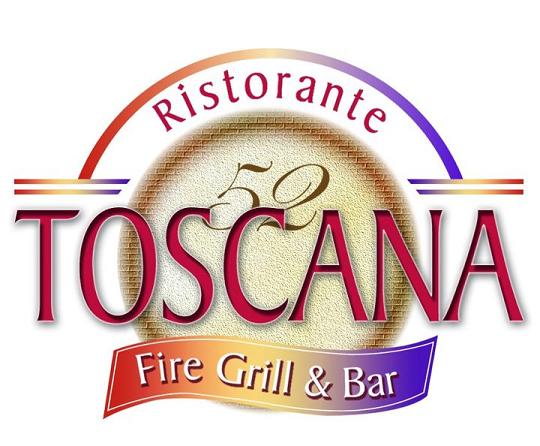
How did you end up in this niche of the industry?
I started working for my dad when I was about 8 years old. Chopping onions, peeling garlic, doing any sort of prep work. My dad already had a bunch of restaurants. So he had me working, being part of his team, I guess you could say, and it’s been a part of my life ever since I was little. As a young guy, it was imbedded in my DNA. I’m a restaurant guy.
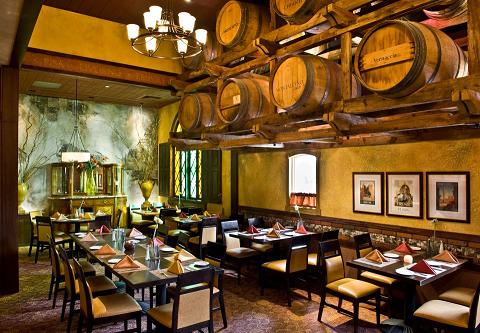
How did your dad end up in the Italian restaurant industry?
Food was also a passion of his youth as well. When he was 16 years old, he left his small town in Italy with a population of just a couple hundred people. He went to Rome for a little bit and worked for some of the most famous, high end restaurants in the E.U.R. part of the city, many of them featured in most of Fellini’s movies from that era. Then he moved to London, where he really honed his skills, working at the Ritz hotel and attending culinary school out there, too. My father followed his brother, my uncle, out to America. They opened up a small pizza place in the South Jersey area, and then they eventually opened another and another and so forth. Over the years, they evolved from simple pizza shops to award-winning Italian restaurants.
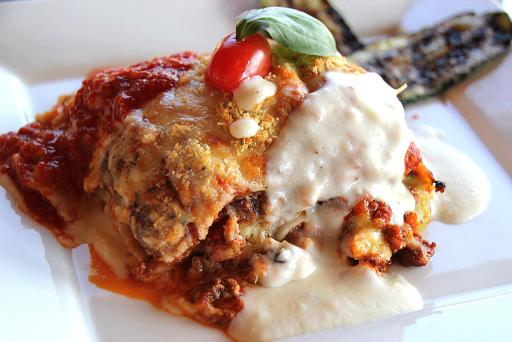
Was there ever any question that you’d end up in the family business?
Being raised around that industry was a big influence on me. But also, I felt like, when graduating high school at 18, I looked at everyone working so hard in the food industry, working weekends. I thought, “This isn’t the life for me.” I wanted a normal life. I wanted to have a professional life. I wanted to work 9-to-5. So I went to school for architecture. And then I practiced for about 15 years, and I realized that I probably would pass out of boredom doing that. There was something missing: the energy, the buzz, the smells of the restaurant.
I realized that, even when I worked a 9-to-5 job, I was still always working for my dad during the weekends, too. And even though I was really big into architecture, the food world still took over. And going back and forth all the time between the two industries, I felt like I had to make a choice. And I felt like, because my family was involved in it, and because it is who I am — I am food — I felt like I had to go in that direction more so than the architecture route. And more so, because I realized that, when I was younger, I thought that working in a restaurant wasn’t as cultured or high-society as being an architect, doctor, lawyer or a higher level professional occupation. But what I realized was that it doesn’t matter. We’re all the same. And I would rather be happy working for my family at the restaurant than be miserable staring at a computer at a boring 9-to-5 job.
My dad wasn’t around like the normal 9-to-5 dad, but he was there. He made sure that he would come home for dinner and then go back to work. He was the biggest influence in my life. Coming back to work for my dad now and spending a lot of time with him is one of the greatest experiences of my life. It’s very special. It’s like we’re getting to know each other again. I mean, we’d always hang out every Sunday, and we’re family. But it’s different when you’re together every single day. And we’re really getting to know each other even more now, and it’s a really interesting dynamic.
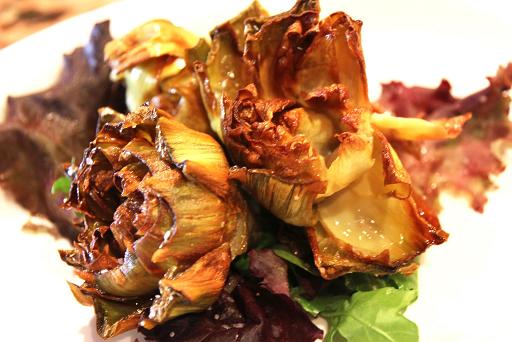
Any food stories that you want to share with us?
When I was getting my Master’s degree in architecture, living in Florence, everyone would ask me where to eat or buy groceries, because I always knew where the best places were. I’m a foodie and want to eat the best stuff. I would constantly host parties and cook for everyone all the time out there. After all, cooking is like architecture, too. You’re building one dish at a time.
In Florence, I was living in an area near the St. Croce district. There was this pizza place right near me, and everyone would line up for it. It was always packed. One time, I said, “Enough of this. I got to try this pizza and see what’s so special about it.” I waited in line, ate the pizza, and you know what? It was really, really good. So I asked the owner about it. I asked him what his secret was. He told me it was his oven. They have a rotating oven so that all of the pizza is baked the same on all sides evenly. It’s a wood-burning oven with a round stone slab that rotates like a turntable. So the pizza gets an even burn, and the pizza man doesn’t have to rotate the pizza. When I got back to the States, I told my family about it and made sure that we got one. Our rotating wood-burning oven in Cherry Hill is the only one in the greater area, as far as I know. Ours is an original oven from Verona, Italy.
By the way, on a total side note, just in case you’re ever out that way: next to that pizza place in Florence is one of the best gelaterias in the world. It’s called Vivali, and they make this rice ice cream that’s out of this world.

What are your earliest memories of food?
My parents are from different cultures — or rather not native to the U.S. For example, growing up, when I’d eat my packed lunch at the school cafeteria, I would have prosciutto and mozzarella sandwiches on nice focaccia rolls, long before the general public knew what prosciutto and mozzarella sandwiches were, especially the kids at the cafeteria. <laughter>

What foods remind you of childhood?
On Sundays, we would have the traditional Italian Sunday dinner. My dad would make sauce. We’d do homemade meatballs, sauce, a big bowl of pasta or a pasta dish of some kind. We don’t know what “gravy” is. We make “sauce,” not “gravy.” <laughter> Then we’d have a second course, which might include veal, broccoli rabe, fresh mozzarella and salad. We’d do it family style and serve ourselves, and that tradition continues every Sunday with my family.
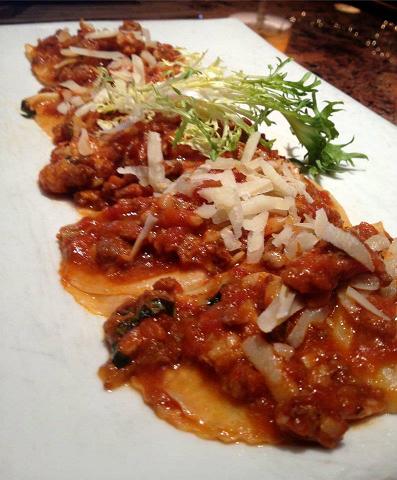
Were you a picky eater growing up? Any foods you wouldn’t eat then that you eat now? Anything you still won’t eat as an adult?
I always ate, man. I always ate the weirdest things. Even as a child, I would eat broccoli rabe and dandelion greens, which most kids wouldn’t eat. My dad would grow them in his garden. The one thing that I wouldn’t eat as a child that I still don’t eat to this day is liver. I can eat tongue, goat brain or liver pate. But liver and fried onions? That just skeeves me out. We do it once a year for our Venice menu. In Venice, they serve old fashioned liver and onions. My dad and brother will eat it like crazy then. I look at it, but I still can’t put it down. <laughter>
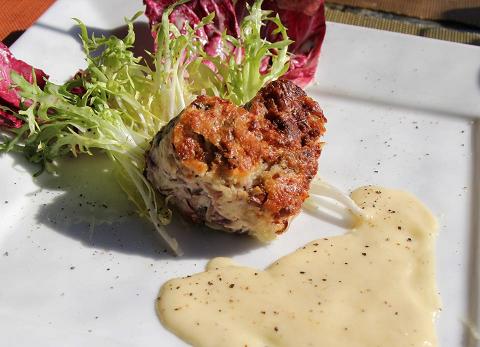
Any childhood food memories in particular that you want to share?
One of the things I remember from my youth is traveling to Italy. I was one of those kids who didn’t go to summer camp. I would go to Italy with my parents every summer to visit my grandfather. So I really experienced real Italian food as a young child: spaghetti carbonara, spaghetti cacio e pepe (literally, cheese and pepper). Whenever I go back to Italy, I think about my youth and eating these authentic dishes as a child and how good they were then and still are. Penne arrabiata was one of my favorite dishes as a kid, and I still eat it today when I go over there. It’s penne in a spicy tomato sauce. Translated, it literally means “pissed off penne.” <laughter> Bucatini all’amatriciana is thick tube pasta, cooked in a spicy tomato sauce with guanciale (dried pork cheek) and Pecorino cheese. It’s a really big time Roman dish. No one around here makes it very good. There’s a couple places that say they have Roman kitchens, but you really have to go to New York to get a decent plate of that, unless we’re serving it, which we do about once a year. We do it good. It’s something we’ll do off the menu, too. And growing up, I loved cream caramel. I’d eat that all the time when I visited Italy as a child, and we feature that on our menu now here.

What do you think of the generic mainstream Italian franchises, from Olive Garden to Carrabba’s?
I find those places to be kind of sad, because those big Italian franchises are basically lying to the public about what Italian food really is. I saw an ad in the paper for one of those franchises with a photograph of, what they claimed to be, fettuccini carbonara. They were describing it as a cream sauce, which is completely wrong. Carbonara is not a cream sauce. People come to our restaurant and ask for carbonara, and we’ll make it for them, even though it’s not on the menu all the time. We’ve been making Italian food for 40 years. We know what carbonara is. It’s eggs, pasta, salt and guanciale (dried pork cheek). That’s basically it. There’s no cream in it. I think the American public is being educated improperly by chains like those. And that’s what we’re trying to do: educate people so that they’ll get diverse Italian dishes served to them the way they were meant to be.
Over the years, we have fine tuned the concept: modern Italian food with a menu which rotates every week, based on the different regions of Italy. We never repeat the same menu or city during the year. Everyone thinks Italian food is just red sauce and pizza. But there’s so much more to that. Italian food has been influenced by Germany, Austria, Eastern Europe, Africa. If you go to Sicily, they’re using all types of African spices there. So the influences on Italian food are from all over. The stereotypical Italian kitchens that we’ve come to know in America are really Neapolitan kitchens. But there’s much more to that when it comes to Italian food. Northern Italians eat goulash, and it’s actually an Italian dish up there. So what we’re trying to do is both an education for us and also for our customers.
There are a couple dishes that we just can’t get away from. They’ve been Americanized so far to the extent that people don’t like it the traditional Italian way. For example, fettuccini alfredo. Fettuccini alfredo originally was made with butter, fresh Parmesan cheese and a little bit of pepper. That’s the dish. Somehow it’s become this really heavy, creamy dish. People want it. We tried serving it the real way, but people didn’t understand it. They wanted the heavy sauce.
The foods those big franchises serve are loaded with MSG. It’s not prepared fresh. It’s all processed foods. It’s sad that the American public is eating that and thinking it’s Italian food.

What about the big franchise pizzerias like Domino’s and Papa John’s?
You know what? I’ve come around on that a bit. There are all different levels of pizza. Depending on the time of day, the place you’re at and how desperate you are for pizza, I believe that all pizza can be acceptable. If it’s two in the morning and the only thing to eat is Domino’s, sure, why not.
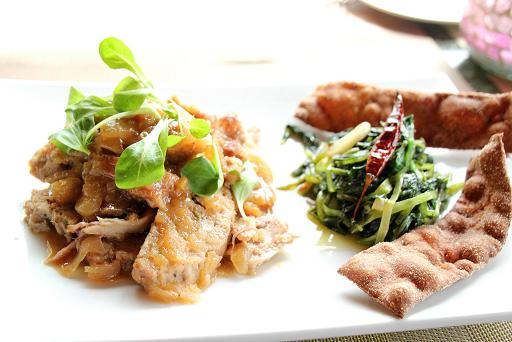
What do you think of the modern food world?
I think that if you’re living in New York or Philly or any city, the modern food world is great. Because you’re surrounded by cooks and chefs that are inspired to cook and share their new visions. If you’re living in the suburbs, there really aren’t local cooks and chefs like that much around. In the suburbs, they’re all chain restaurants, for the most part. But I think that people’s palates are more open to eat different things, but the variety isn’t there because the money isn’t there right now to take a risk and open smaller restaurants to rival the mega-chains. Maybe 20 years ago, I think people were more adventurous to open small businesses in the suburbs. People will take a gamble in the city, even during bad economic times, because there are foodie personalities in the city. There are people in the suburbs that like really good food, but I’m not sure how you attack that if you’re a new start-up these days. Even the BYOB scene in South Jersey, it’s just not nearly as exciting as what’s going on in Philadelphia.
As far as big chains go, like Friday’s or Chili’s or Cheesecake Factory, one reason they’re bad is that people are eating bad quality food. Another reason is that they scare others from opening new restaurants. They offer a safety net for people who don’t know better. It’s familiarity. Even if it’s subpar, they’re happy with the subpar food.
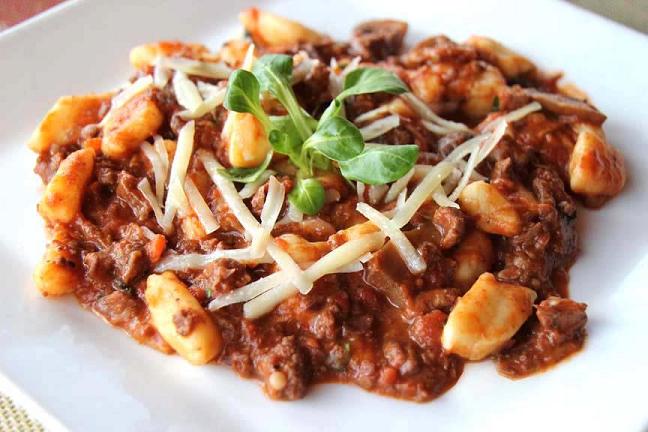
Any guilty pleasures when it comes to food?
My guilty pleasure, to be honest, is a vanilla milkshake from McDonald’s. I grab one of those every once in awhile when I’m on the run. I know it’s bad, but I love those things. <laughter>
And, while I’m obviously a huge Italian food guy, I do love American continental food: fried chicken, barbecue ribs, corn muffins, buscuits and all that stuff.
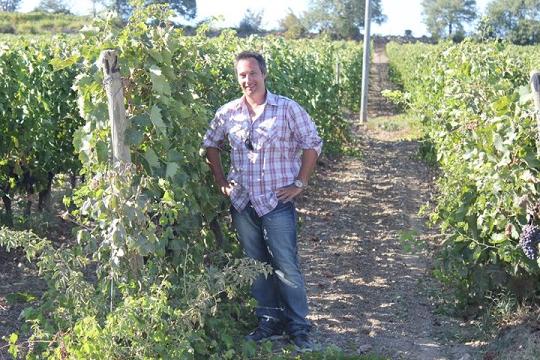
What recipe do you want to share with us?
Spaghetti Alla Carbonara is a dish that reminds me of my childhood, spending time in Rome during the summers. Carbonara is a dish that I’ve tried in the U.S. at many fine establishments, but it’s rarely prepared quite right. Either the eggs are overcooked, there’s ham instead of guanciale, Parmesan cheese instead of Pecorino or there’s cream in it, which makes it really heavy.
Enjoy my Spaghetti Alla Carbonara!
***
Gigio Longo is the Vice President of Operations for Toscana Group and the current manager of Toscana (Cherry Hill, New Jersey). When not championing the cause of good foods, especially Italian cuisine, Gigio can be found rooting on his favorite soccer (futbol) teams and enjoying a nice glass of wine. An aspiring comic book writer, Gigio’s first graphic novel is due to be published in 2013.
